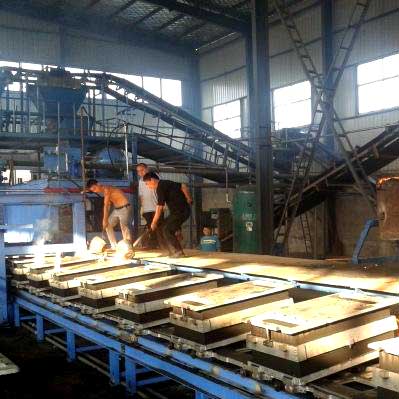Investment casting is one of the oldest known metalworking processes in existence. Beginning more than 5,000 years ago as "lost wax investment casting" the historical process used bee's wax to form a pattern which was then used to create various components and products.
Fast forward to today, thousands of years later and the science remains the same. However, investment casting foundries all over the world have introduced new innovations such as high-tech waxes, advanced refractory materials, and the many advances made possible by computers and computer aided design.
Similar to the results of our ancient ancestors when they did it, casting provides unparalleled accuracy, repeatability, and quality -- this makes the investment casting of small parts and large parts in high quality alloys a fantastic alternative to other less precise fabricating.
.

The investment casting process begins with a design. This can be a drawing or an existing prototype part. The next step is mold making. From a drawing, design, or prototype theinvestment casting foundry produces an injection mold. This wax pattern injection mold is then machined using computer assisted design and/or computer aided manufacturing, a marriage of both ancient science and cutting edge technology.
Sand casting is one of the oldest processes. As the name implies. a fine form of sand is used as the mold. Metal is poured(gravity feed) into the mold. After the material has cooled, the frame is released and the sand falls away. Leaving the parts to be ground and cleaned. This type of casting is the most rudimentary of all. But it has a tremendous advantage. This is the least expensive and maybe the only way to make large castings. Castings that weigh 50 lbs., up to thousands of pounds are made using this method. Compared to sand casting, this process yields a more precise, complex component. IC process has been used for hundreds of years to make jewelry. To make an investment casting, a tool is machined out of aluminum. Then wax is injected into the tool. The tool then produces a wax model that is an exact replica (with some allowances for shrinkage) of the part to be made.
For more information click here ->> Precision Casting China
No comments:
Post a Comment